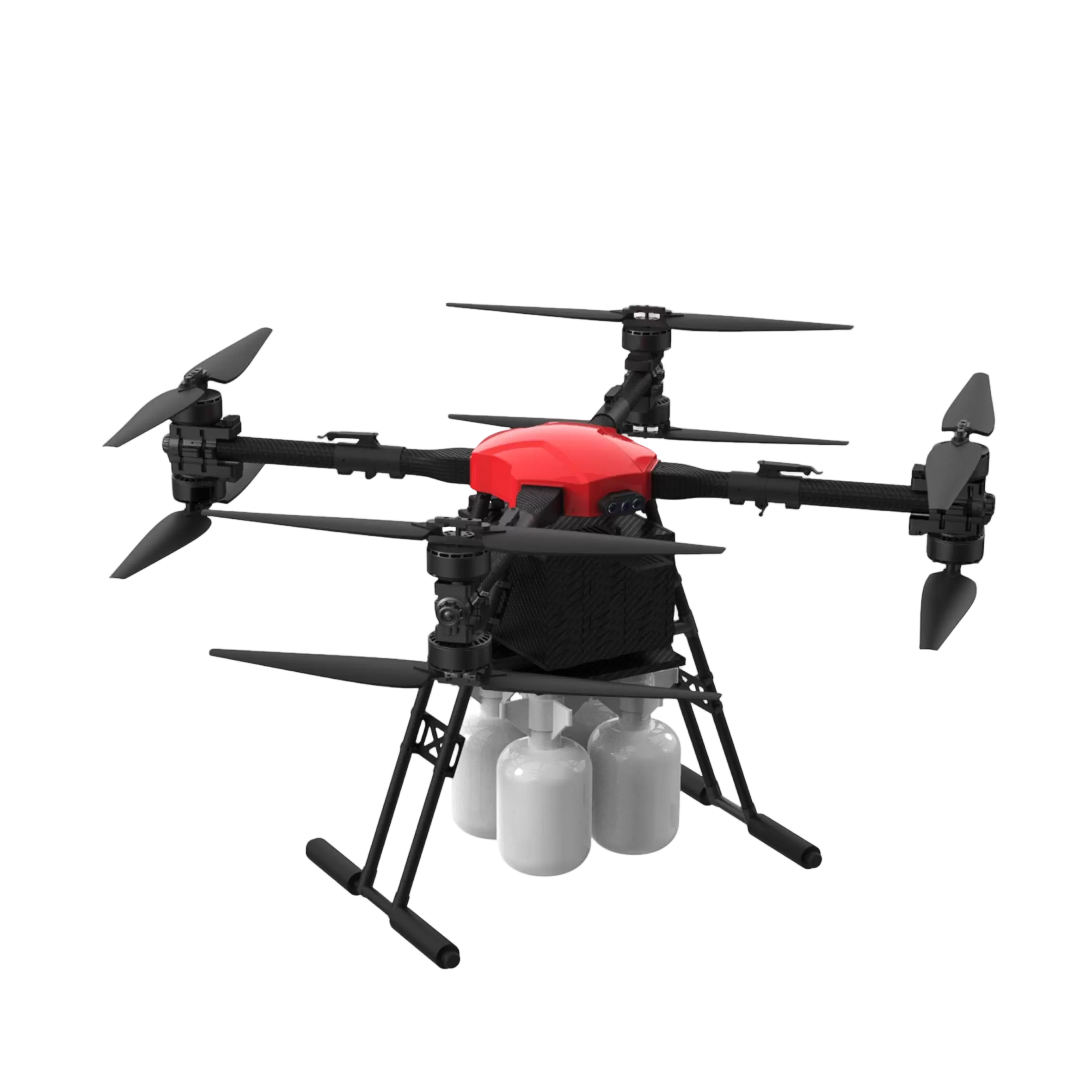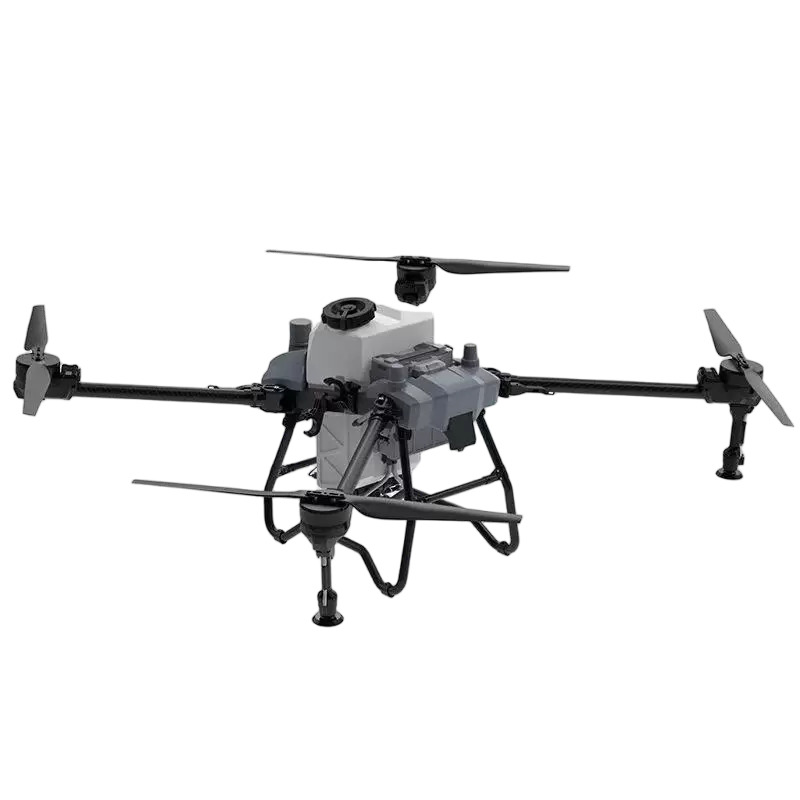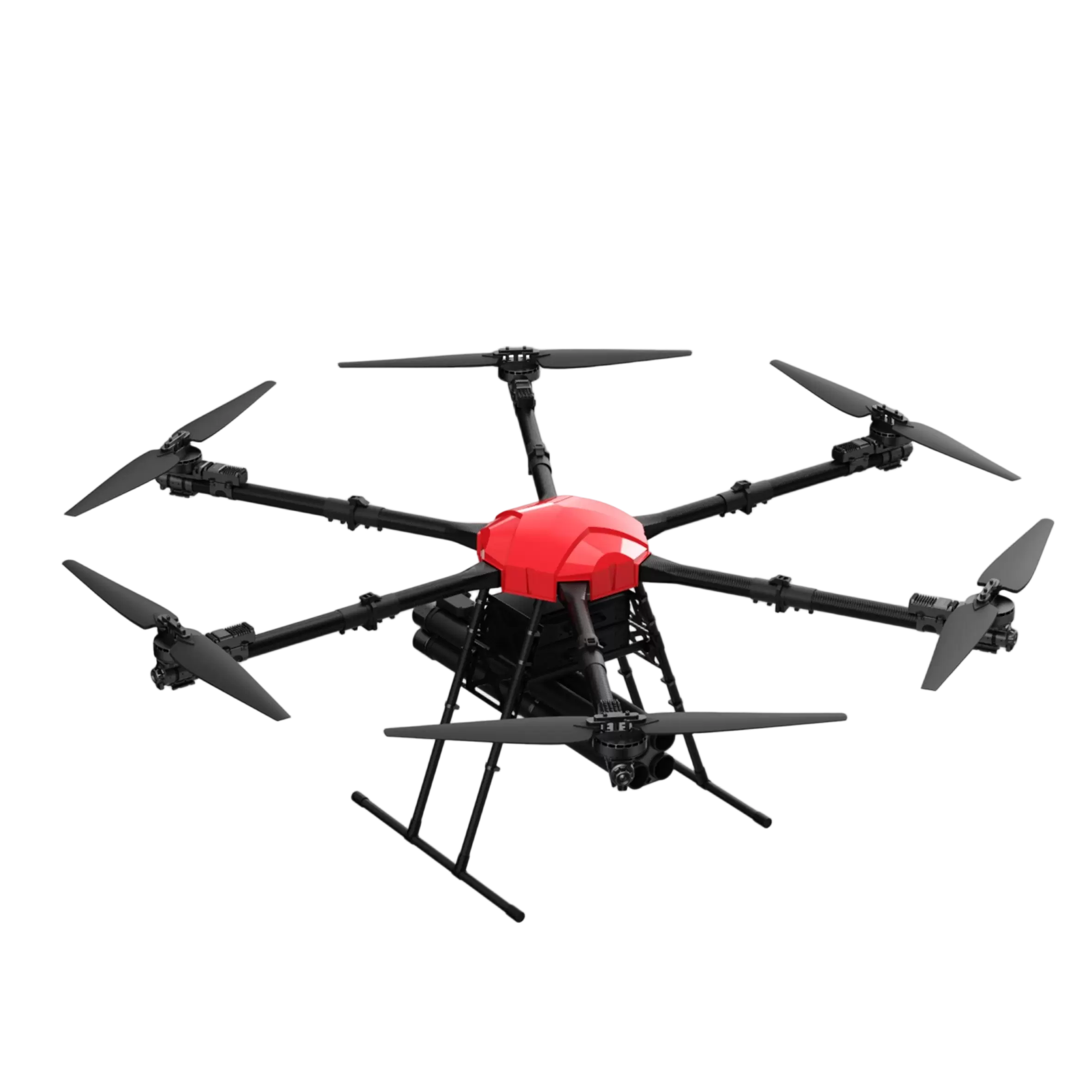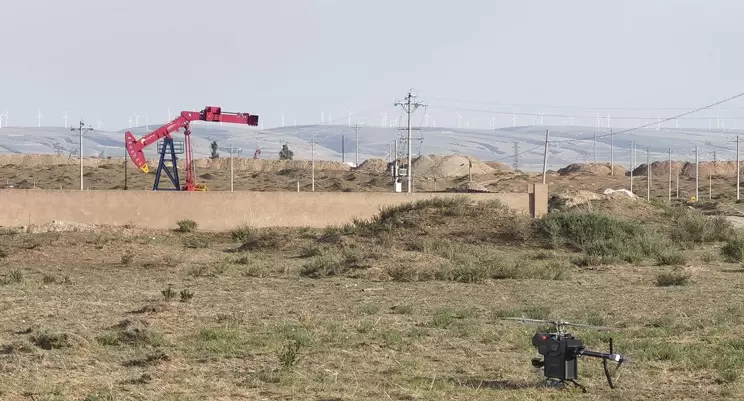As cities grow denser and climate change increases the frequency of large-scale fires, fire departments around the world are facing new challenges in speed, safety, and situational awareness. To meet these demands, many are turning to fire drones—aerial systems equipped with advanced imaging, communication, and firefighting technologies. Once seen as futuristic, fire drones have now become essential tools in modern firefighting operations, providing critical support in both prevention and response.

The Changing Landscape of Firefighting
Traditional firefighting methods often rely on manual inspection, ground-based visibility, and helicopter support. While effective, these methods can be time-consuming, costly, and sometimes dangerous. Fire drones revolutionize this process by offering real-time aerial data, precise control, and safer deployment, enabling firefighters to make faster and more informed decisions.
Whether it’s a warehouse blaze in an urban area or a fast-spreading wildfire in the mountains, drones deliver the kind of high-resolution intelligence and operational flexibility that conventional methods cannot.
Key Reasons Fire Drones Are Becoming Indispensable
1. Enhanced Situational Awareness
Fire drones are equipped with thermal imaging cameras, infrared sensors, and optical zoom lenses, allowing them to see through smoke and darkness. Fire departments use these tools to map out the fire’s scale, locate hotspots, and track movement patterns. This aerial data helps commanders allocate manpower and resources efficiently, reducing risk and improving coordination.
2. Rapid Deployment and Real-Time Data
When every second counts, drones can be deployed within minutes, often arriving on the scene before fire trucks. The real-time video feeds transmitted to command centers allow for immediate assessment of the situation—helping teams determine entry points, safe zones, and escape routes.
3. Improved Firefighter Safety
Safety is a top concern during firefighting operations. Drones eliminate the need for firefighters to enter hazardous zones prematurely. They can inspect unstable structures, assess toxic smoke levels, and identify high-temperature areas—protecting personnel from unnecessary exposure and potential collapse risks.
4. Cost-Effective Operations
Compared with helicopters, drones are more affordable to operate and maintain. They require less fuel, fewer crew members, and can access tight urban spaces that helicopters cannot. Over time, the cost savings from drone use can be redirected toward other critical firefighting resources.
5. Search and Rescue Support
In post-fire scenarios, drones assist in locating missing persons using infrared sensors that detect body heat even through smoke or debris. This makes them invaluable in both urban rescue missions and natural disaster response operations.
Jiangxi BonSure Technology: Innovating the Future of Firefighting Drones
At the center of this technological shift is Jiangxi BonSure Technology Co., Ltd., a leading manufacturer and exporter specializing in firefighting and rescue drones. The company integrates R&D, production, and sales to deliver high-quality, high-efficiency drone solutions tailored for emergency services.
BonSure’s product line includes firefighting UAVs and high-performance brushless power systems (motors) that ensure stability, endurance, and energy efficiency. The company’s brushless motor technology is particularly crucial for fire drones—it provides consistent torque, high thrust, and low energy consumption, allowing drones to carry heavy payloads such as cameras, sensors, or fire suppression devices while maintaining precise control.
Through continuous innovation, Jiangxi BonSure Technology Co., Ltd. has become a trusted partner for firefighting units seeking reliable aerial solutions that enhance operational effectiveness and safety.
Real-World Applications of Fire Drones
Urban Fire Monitoring: Drones help identify hotspots on rooftops and tall buildings, providing an aerial perspective that’s impossible to achieve from the ground.
Forest Fire Management: Drones can monitor vast forest areas, tracking wind direction and fire progression to assist in containment planning.
Hazardous Material Fires: In chemical or oil fires, drones can measure temperature and gas concentrations remotely, keeping firefighters out of danger.
Post-Fire Investigation: After a fire is extinguished, drones help document damage, identify re-ignition risks, and collect data for insurance and safety analysis.
The Future of Fire Drones
As artificial intelligence, 5G connectivity, and autonomous navigation continue to evolve, the next generation of fire drones will be capable of predicting fire behavior, communicating in real time with ground robots, and performing autonomous suppression missions.
Jiangxi BonSure Technology Co., Ltd. is actively exploring these advancements, aiming to make firefighting drones even more intelligent, reliable, and adaptable to complex emergency scenarios. The company’s vision is clear: to empower fire departments with smart aerial technology that saves lives, protects property, and supports sustainable firefighting practices.
Conclusion
Fire drones have moved beyond experimental use—they are now indispensable tools that enhance safety, efficiency, and precision in modern fire departments. With capabilities ranging from real-time monitoring to fire suppression and rescue support, these drones are transforming how we approach emergencies.
Thanks to innovators like Jiangxi BonSure Technology Co., Ltd., the future of firefighting is smarter, faster, and safer than ever before. Through advanced brushless motor systems and intelligent UAV design, BonSure is setting a new standard for the fire rescue industry—helping responders stay one step ahead in every mission.












